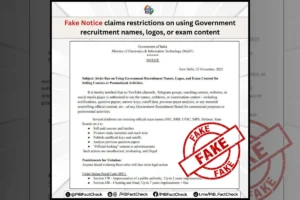
Crude Oil Boomerang.
Crude Oil prices steadied in early Asian trade on Thursday after sinking to their lowest level this year as US production and gasoline inventories ticked up at the same time concerns grew that economic slowdowns would weaken fuel demand.
Brent crude futures were up 62 cents or 0.8% at $77.79 per barrel by 0130 GMT, while U.S. West Texas Intermediate (WTI) crude futures gained 69 cents or 1% to $72.70 per barrel.
Earlier on
This week’s plunge has come as a surprise due to supportive news out of China. On Wednesday, China the world’s biggest crude importer, announced the most sweeping changes to its anti-COVID regime since the pandemic began. This comes on top of the news that the country’s crude oil imports in November rose 12% from a year earlier to their highest level in 10 months.
Helping to lift oil prices was data showing that Japan’s economy shrank less than initially estimated in the third quarter. Loosening COVID-19 restrictions in China, among the biggest crude oil consumers in the world, also aided in steadying oil prices.
The U.S. Energy Information Administration (EIA) on Wednesday reported a 5.2 million barrel draw in crude stocks. Traders were looking for a 3.5 million barrel draw. This was potentially bullish news, but the government also reported that U.S. distillate stocks grew by 6.2 million barrels, far exceeding estimates for a 2.2 million barrel rise. Gasoline inventories climbed 5.3 million barrels against expectations for an increase of 2.7 million barrels.
Crude oil future
Trader reaction to the major 50% level at $72.31 will determine the direction of the January WTI crude oil futures contract on Thursday.
A sustained move under $72.31 will indicate the presence of sellers. If this move continues to generate enough downside momentum then look for an eventual test of $63.73.
A British Treasury official said that the Western officials are in talks with Turkish counterparts to resolve oil tanker queues off Turkey, after the G7 and European Union rolled out new restrictions on Dec. 5 aimed at Russian oil exports.
To read more such news, download Bharat Express news apps





















